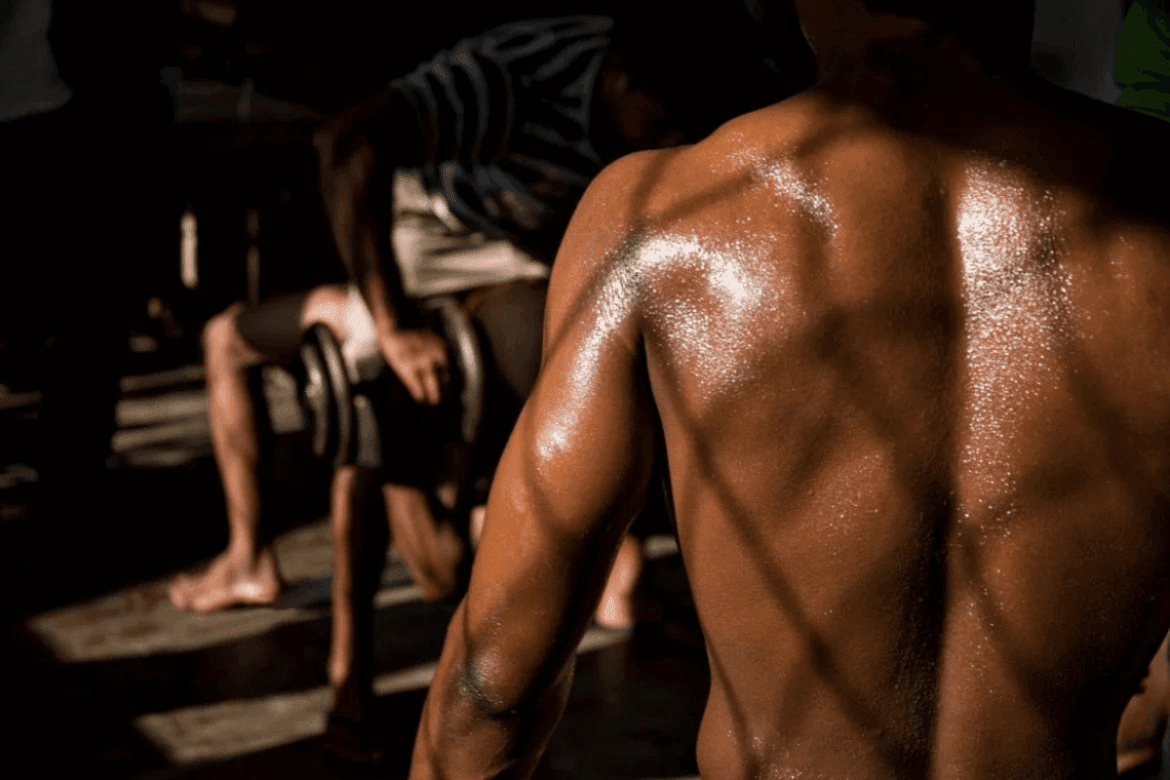With the arrival of the warmer months, the temperatures rise, our activity increases, and the clothes in our wardrobe change. While we eagerly anticipate the summer for all its wonderful moments, we also need to pay attention to one not-so-pleasant phenomenon that comes with the higher temperatures — sweating.
Contents
Those Unpleasant Stains
The temperature regulation is a natural and essential process for our body, helping it to adapt to the external conditions. Sweat aids the expulsion of the unnecessary substances from the body. Since we drink more fluids and move more during the summer, our metabolism speeds up, and the sweating increases. However, the sweat stains on our clothes and the unpleasant odours can seriously affect our psyche, self-esteem, and social presence. How to deal with this is a question that becomes particularly relevant at the beginning of each warm season.
What is Hyperhidrosis?

Although sweating is a normal bodily process, for some people, in certain situations, it becomes much more intense. Sweating that exceeds the norm is called hyperhidrosis. Hyperhidrosis is an overactivity of the sweat glands, most commonly manifesting in the palms, feet, and underarms, and in some cases, affecting the entire body. It is estimated that about 2 – 3% of all people suffer from this condition. It is broadly categorised into primary focal hyperhidrosis, where the nerves signalling the sweat glands overreact, and secondary hyperhidrosis, which can result from diabetes, menopause, thyroid or heart problems, low blood sugar, or infections. Excessive sweating often occurs during the moments of heightened emotions, causing a significant discomfort.
The cosmetics industry offers hundreds of products to treat sweating. However, hyperhidrosis is difficult to manage with deodorants. They may alleviate and mask the condition, but they do not eliminate it. So how should we address this delicate problem?
Botox in the Fight Against Excessive Sweating

Botulinum toxin, better known as botox, is one of the major players in aesthetic dermatology. It is a neurotoxic protein produced by the bacterium Clostridium botulinum and its related species. Its action involves the temporary blockage of the nerve signals sent to the muscles, causing them to contract less frequently than usual. The wrinkles smoothen out and diminish, and the formation of new ones is prevented. Botox is most commonly used to refresh and remodel the face, particularly in the areas between the eyebrows, forehead, and around the mouth. The results from the botox application are quick and effective.
In addition to its well-recognised aesthetic benefits, botox is increasingly being used for other medical procedures, such as in neurology, ophthalmology, and dentistry. It is also a strong ally for dermatologists in the fight against excessive sweating. When used as a treatment for hyperhidrosis, the botulinum toxin is injected with a very small needle into the affected areas. There, it temporarily blocks the nerve signals responsible for the sweating, preventing the sweat glands from producing excessive amounts of sweat. The procedure is short, painless, and yields very good results for most people. The effects last between 6 and 12 months, after which the nerve signals are restored.
While the botox use for reducing sweating is more familiar to the consumers and has been practiced for a long time, the application of radiofrequency microneedling is an innovation in this area, providing significantly better results.
Hyperhidrosis and Morpheus8
Morpheus8 is a system that combines the effects of radiofrequency energy and microneedling therapy. The device is a favorite among both the patients and the dermatologists because it is one of the best methods for tightening the facial contour, renewing and firming the skin, and visibly refreshing the entire face. It effectively treats the wrinkles, the scars, and the pigmentation spots, and it is suitable for all skin types. It is also used for tightening some areas such as the thighs, the abdomen, the back, and the arms.
Morpheus8 can be particularly useful in addressing the problem of excessive sweating. In this innovative combined technology, the microneedles help the radiofrequency penetrate deep into the sweat glands, “disabling” them by reducing their sensitivity and thus the amount of sweat they produce. The method affects both functions of the glands — the fluid secretion and the unpleasant odour production.
The procedure is simple and quick, lasting about 20 minutes. The area where it is applied is cleaned, and a local anaesthetic is applied. Mild swelling or bruising from the needles may occur, but these effects subside within a few days, and the dermatologists often prescribe creams to alleviate the symptoms. Most patients notice a significant reduction in their sweating within 2 to 3 weeks, with the best results achieved about 3 months after the treatment. Usually, one procedure is enough, but for more severe conditions, two or three sessions may be required.
The biggest advantage of Morpheus8 for hyperhidrosis is that the result is permanent. There are many temporary and less effective methods, but Morpheus8 is undoubtedly a significant step forward in the treatment of excessive sweating due to its long-lasting effect. The leading dermatologists highly recommend it to people with this problem.
The device is suitable for most cases of hyperhidrosis, but to ensure it is the right treatment for you, it is best to consult a dermatologist in advance, who will provide you with some comprehensive information and guide you toward the most successful method for overcoming the inconvenience of excessive sweating. Then, all that will be left for you is to eagerly await the summer.


